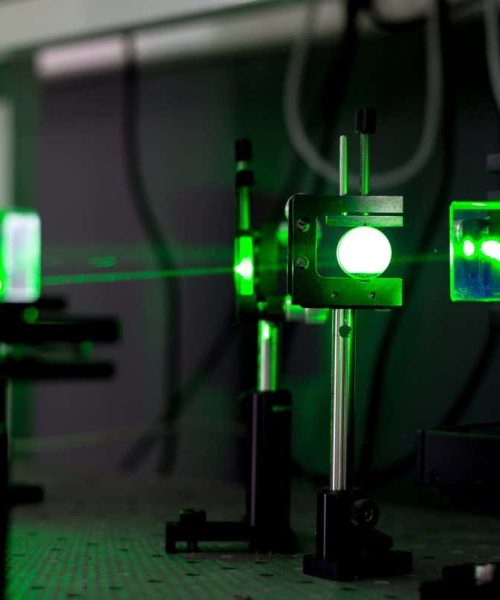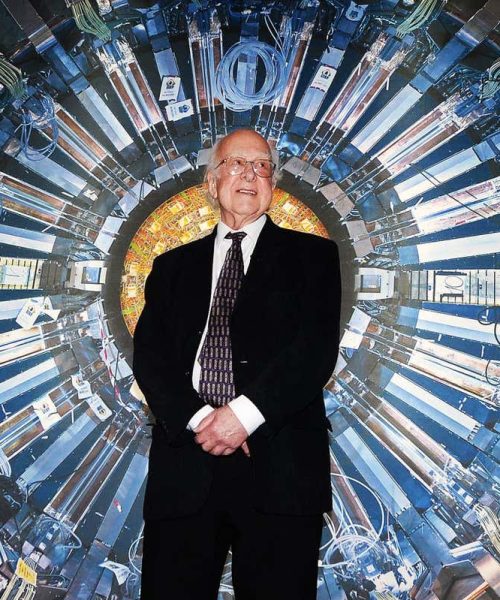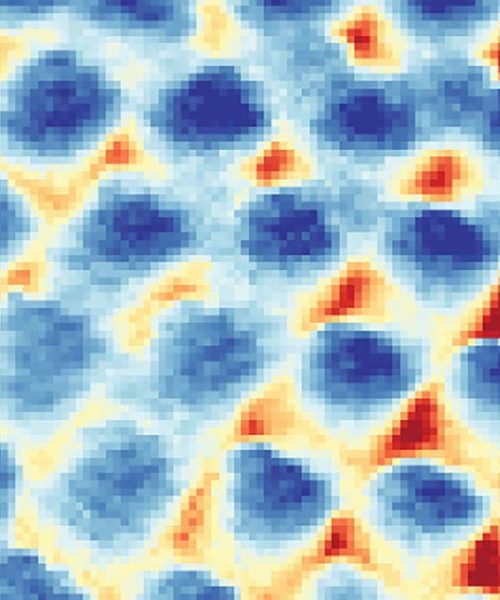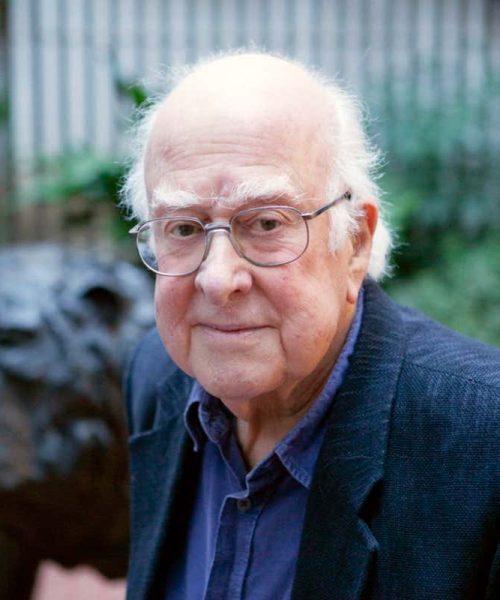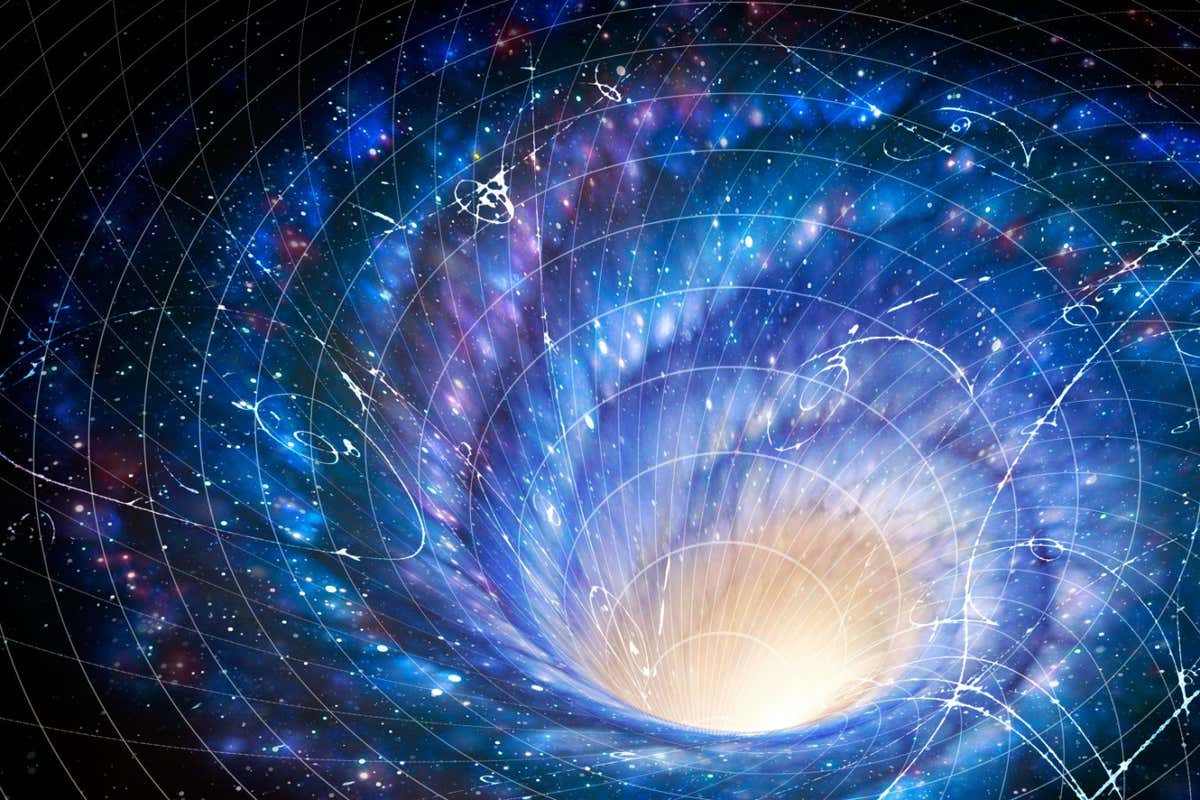
Science Photo Library/Alamy
IN YOU go and out you pop – in a galaxy far, far away. Such is the incredible promise of the wormhole, a hypothetical portal in which space-time funnels into a narrow passage only to open up somewhere else, possibly on the other side of the universe.
It sounds fantastical, but 50 years ago many said the same about black holes, which also involve highly warped space-time. “We study wormholes partly for fun and partly, more seriously, to see what is physically allowable for space-time,” says theorist Toby Wiseman at Imperial College London. “And of course – who knows – perhaps one day, in the very far future, this could be an actual technology.”
Despite their mythic reputation, there is nothing especially outlandish about wormholes. They are predictions of Albert Einstein’s general theory of relativity, which says that mass creates gravity by warping the fabric of the universe. General relativity has allowed for an ever-enlarging universe, the big bang and black holes. In that context, wormholes seem no more far-fetched. In fact, Einstein himself was one of the first to provide a mathematical description of them, in the mid-1930s.
“The great thing about general relativity is that you can write down any space-time you want, plug it into the Einstein equations and translate it into what matter you would need to support it,” says Wiseman. So if you want space-time to look like a wormhole, you need a certain sort of matter.
What sort? The trick is to find something that can prop open a wormhole without it collapsing straight away. In 2020, Juan Maldacena at the Institute for Advanced Study (IAS) …
